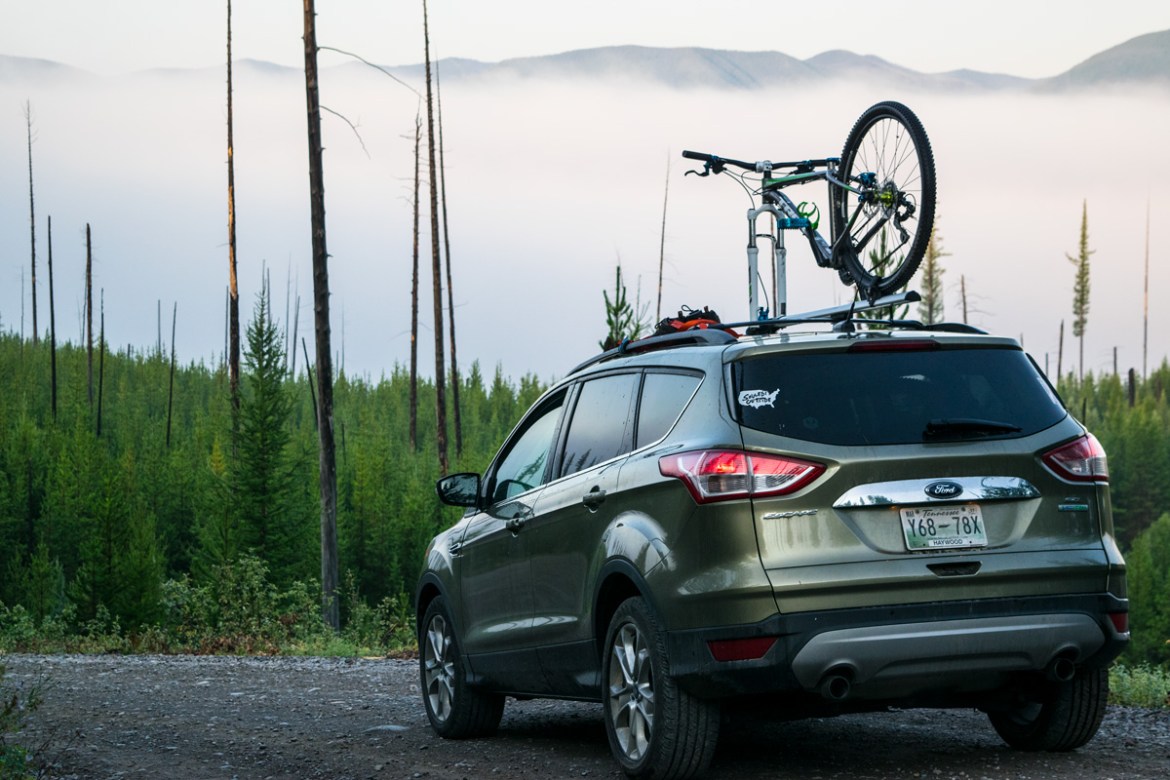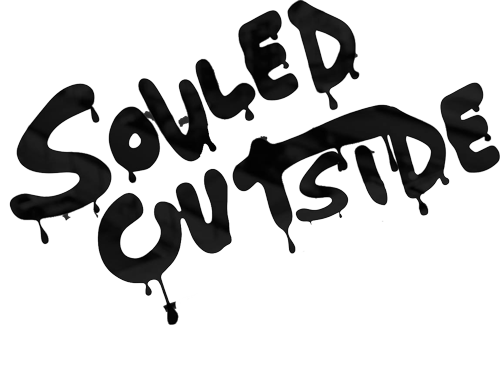“I heard about the guy that got dragged out of his tent at night,” the waitress said. “The bear took him in the forest and ate him up.”
“Oh. Good.” I replied, as I stabbed at a plate of scrambled eggs.
The waitress in West Yellowstone was talking about my next stop — Glacier National Park, a place that’s earned a reputation for violent bear encounters and inescapable views atop the U.S.-Canadian border…in the farthest northern reaches of Montana. However, as far as I can tell, nobody was dragged into the forest at Glacier this year. But, a mountain biker did get fatally mauled by a grizzly there less than eight weeks ago.
Good times.

Tonight I’m camped in Glacier’s North Fork. It’s a section of the park that straddles the Canadian Rockies, and its one of the most remote regions in the national park system. The Rangers say they like it that way. “These roads are over 100 years old,” one told me. “They keep the traffic down. The people who come here for the views really earn it.”
A crystal clear, turquoise lake sits a hundred yards down the pine-topped hill from camp. It’s flanked on either side by some of the most jaw-dropping mountains I’ve ever seen, and a storm has me bunkered down in the old nylon tent.
No glamp tonight. No canvas tent and wood stove.
Jeremy and Ashley are on the road in Idaho, which means it’s back to the homeless, lone hobo life for me.
So what’s Glacier like? Hard to say. I haven’t seen much of it yet, thanks to the storm. But, I can tell you what Yellowstone is like.
The Oldest and the Best — that’s what the t-shirts say. Boy, are there t-shirts…thousands of them.
Yellowstone National Park is one of the most crowded attractions I’ve ever been to, and I don’t use the word lightly. At first, America’s first national park feels very much like an attraction, like some lost section of Disney World that was swooped up and transplanted to Wyoming. The crowds are at every major feature and any minor one that’s accessible by car.
Old Faithful? It’s incredible. It’s also surrounded by hundreds of bleachers filled with tourists from every corner of the globe, and surprisingly few corners of our own country. Mammoth Hot Springs? Same. The Grand Prismatic Spring? You bet. In fact, Yellowstone is so popular that your initial reaction to what is legitimately one of the most astonishing landscapes on Earth can be jaded.
Mine certainly was.
Last we met, Jeremy, Ashley and I had departed the Grand Tetons (gold, five-star review) for Yellowstone. Our first stop — just hours after those surreal moments with the Teton’s wildlife — was Old Faithful. And, hey…she was faithful.
Amidst a crowd of hundreds (maybe a thousand), the grand geyser erupted in an awesome display of the planet’s primordial power. Then, tourists took selfies, got free lemonade at the vintage western photo store and gassed up in the parking lot to continue their drive-by tours of Yellowstone…The entire spectacle seemed like a bit of a kick in the gut to a super volcano that’s capable of causing the actual apocalypse, but hey, Old Faithful must not mind too much or she wouldn’t keep on tickin’.

That’s the Yellowstone that will awe you, thrill you, then sort of let you down.
There’s another park behind the facade, and once you get there it can change your entire perception of the place.
Finding it begins with a pair of dusty shoes.
The real Yellowstone lines off of the paved path, hidden in the tiny text on the giant park map. There, you’ll find dotted lines and slim, colored letters that give you the keys to the real park. Follow the crowds to a parking lot — any one— and turn the opposite direction when you open the door. You’ll likely hit a dirt trail, and that trail will take you through an unencumbered, self-guided tour of an alien landscape unlike anything I’ve ever seen on this planet (and I suddenly specialize in seeing alien landscapes.)

The real Yellowstone stinks. I mean that literally. The place smells like sulphur, like rotting egg salad. It gurgles and boils and occasionally explodes. The trails take you through plains and badlands full of primordial soup. Touch it, and your skin will melt. Breathe too much of it, and your lungs will boil.
Damn right.
If the Teton’s are Earth’s bones, Yellowstone is the planet’s blood. The minerals and bacteria, the heat created by underground flows of magma, give the place an unsettling feeling. When you get away from the pavement, you understand just how fragile this ecosystem is, why it deserves to be protected, and just how deadly it will be once it erupts.
This is no Disney World ride. This is real, fast-paced geology on a frighteningly awe-inspiring scale.
And that is what Yellowstone is — awe-inspiring. There are national parks with larger waterfalls. There are parks with higher peaks. But there is no park with more heart, no where else where you can see, smell and feel the blood of the Earth pumping beneath your feet.
It’s the reason that, despite the tourists, Yellowstone still holds a hallowed place among the national parks. It’s just that special. We tried to ruin it with roads and restrooms and hotels and kitschy t-shirts, but it didn’t work. Nature is just too powerful.
Back at Glacier, the rains continue. Despite being on the high ground, my camp appears to have turned into a small pond. The good news? It might douse out previous cooking smells and keep the bears away.
Glacier is called the Crown of the Continent. Tomorrow, I find out why.










